Specifically, Madrid stopped buying this metal from Moscow in December 2023 and suspended it until April 2024. In mid-spring, imports resumed with 21.3 thousand tons worth 8 million euros.
In addition, Spain increased its aluminum imports by 1.5 times to 13 million euros, while increasing its titanium imports from Russia by 1.9 times to 1.5 million euros.
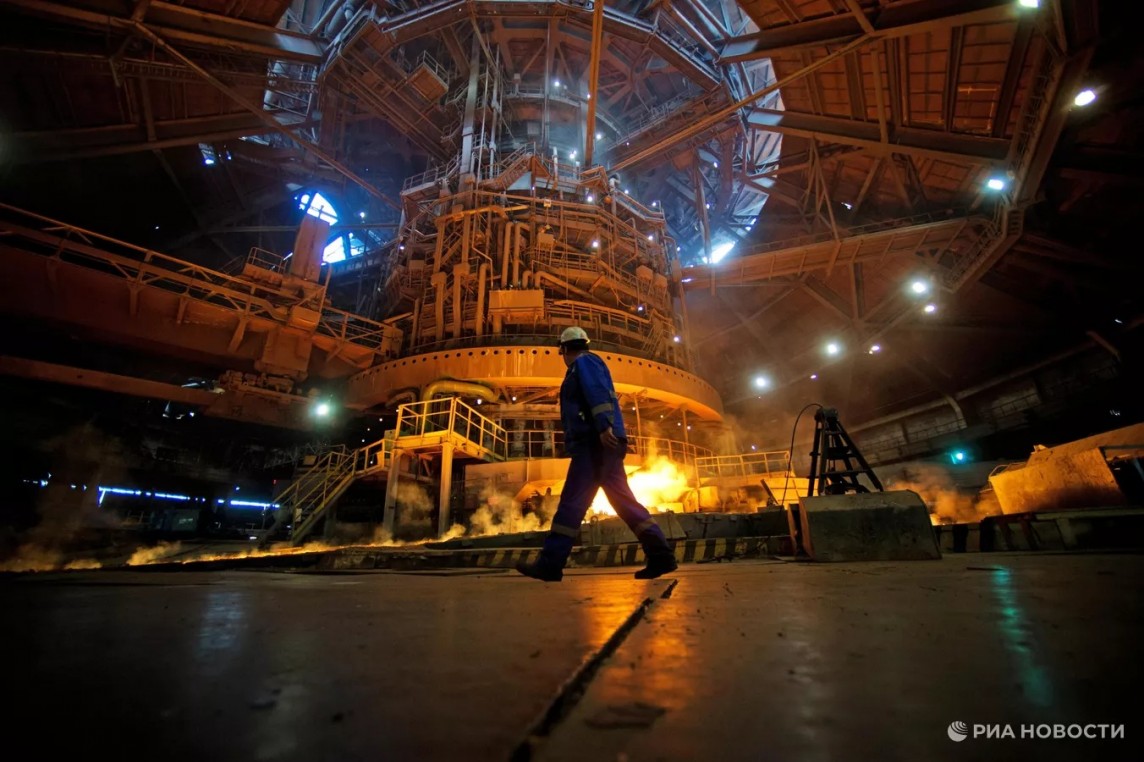 |
| Pig iron production at Russia's Novolipetsk iron and steel plant. Photo: RIA Novosti |
Bilateral trade between the two countries fell 14% in April to 248 million euros, of which 177.2 million euros came from Russian exports and 70.8 million euros from Spain.
Previously, European statistics showed that in March 2024, the European Union (EU) increased purchases of iron, steel and aluminum from Russia, mainly due to increased demand in Belgium and Germany.
In March, Russia became the second largest supplier of iron and steel to the EU, increasing exports by 1.7 times in the month to 328 million euros. This is the highest level since May 2023, when EU member states bought these metals for a total value of 369 million euros.
The largest importer was Belgium, which increased its purchases by 3.5 times in March to 130.5 million euros. This was Belgium's largest purchase volume since June 2022. Italy increased its imports by 25% to 85 million euros and Denmark by 30% to 35.1 million euros.
The top 5 buyers also include the Czech Republic with 23 million Euros and the Netherlands with 20 million Euros. Hungary has also resumed imports after a 4-month pause, with steel purchases worth 13.7 million Euros.
Russian aluminium supplies also increased by 29% month-on-month to €91.4 million, the highest since October 2023. The increase was due to a five-fold increase in German purchases to €22.4 million.
Source: https://congthuong.vn/quoc-gia-chau-au-bat-ngo-noi-lai-nhap-khau-sat-thep-cua-nga-326377.html



![[Photo] Prime Minister Pham Minh Chinh receives Mr. Jefferey Perlman, CEO of Warburg Pincus Group (USA)](https://vstatic.vietnam.vn/vietnam/resource/IMAGE/2025/4/18/c37781eeb50342f09d8fe6841db2426c)










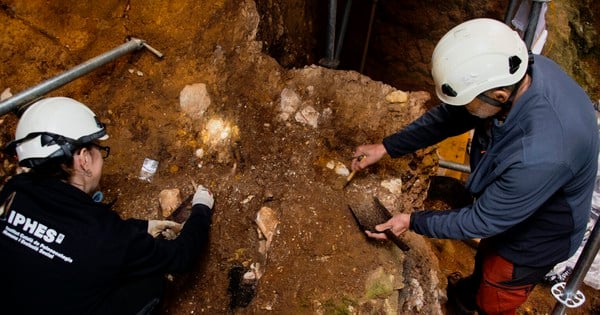














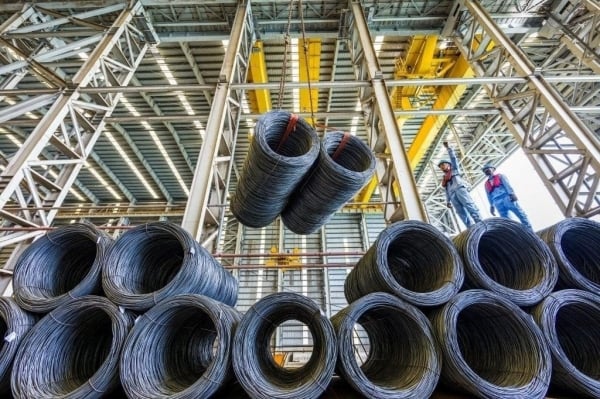


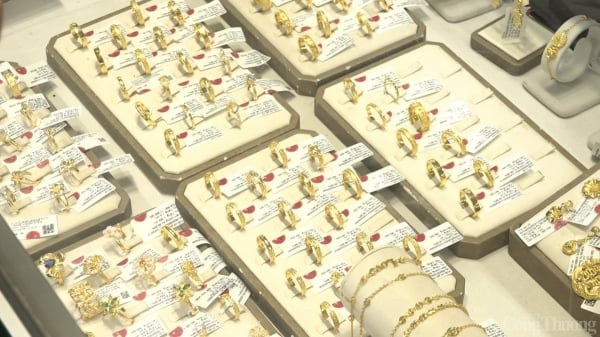
































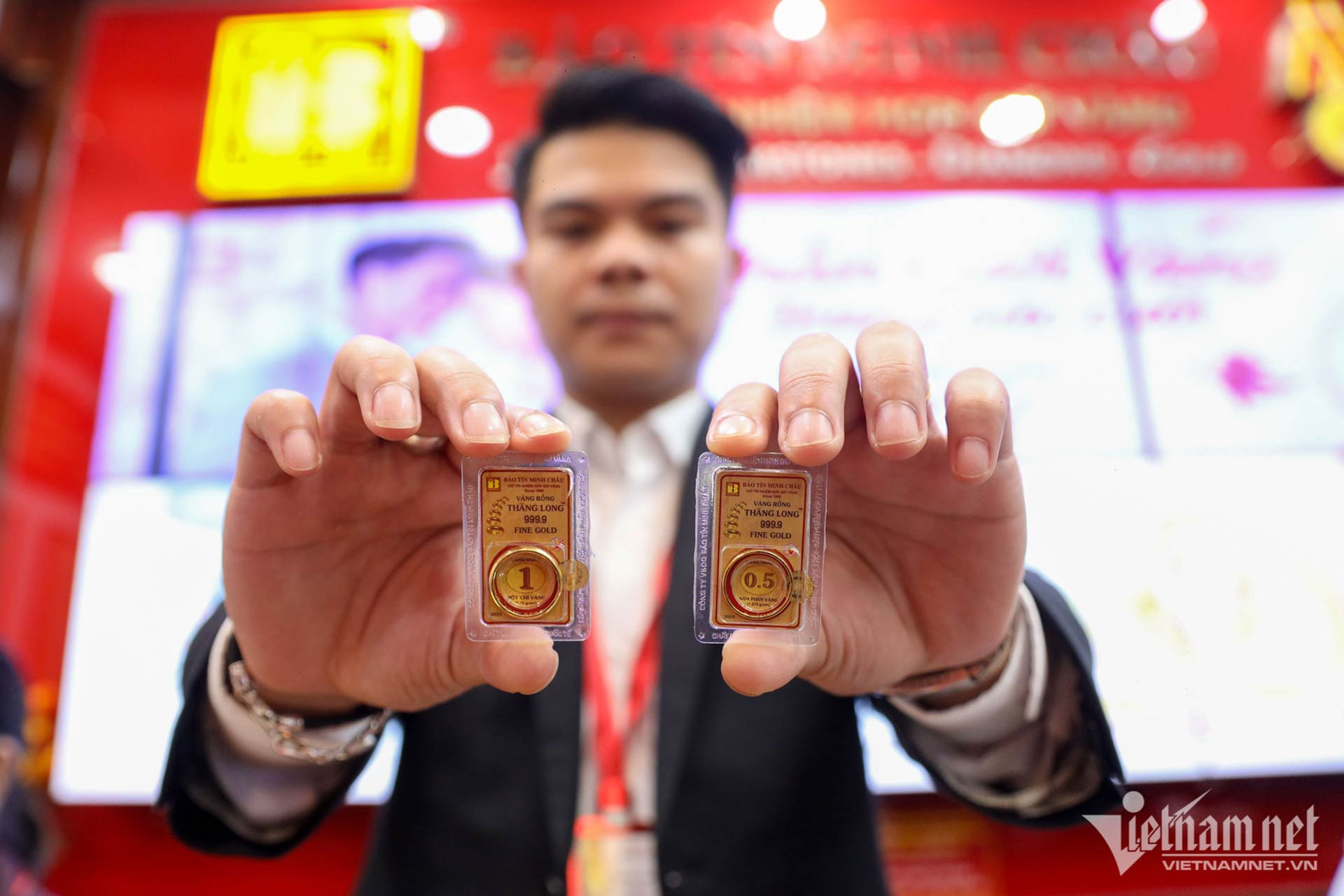






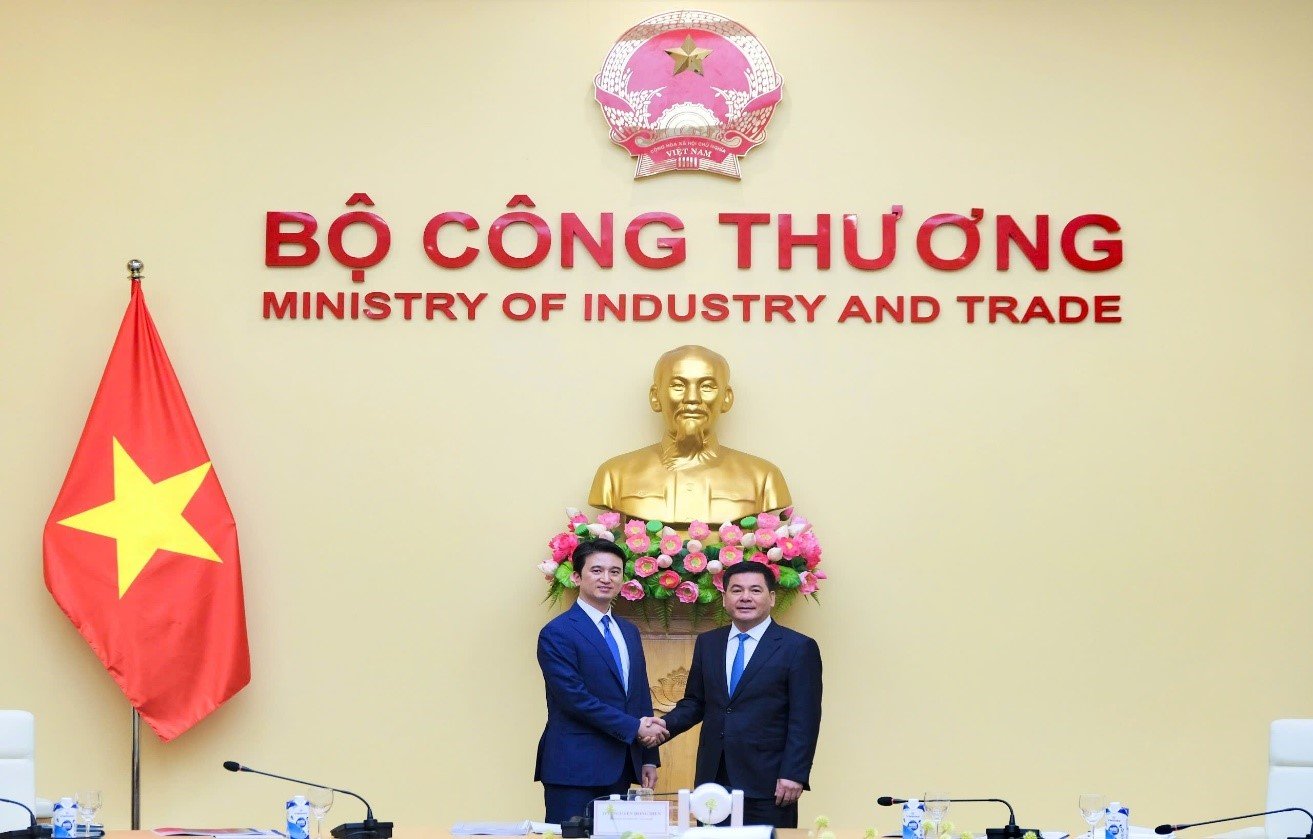

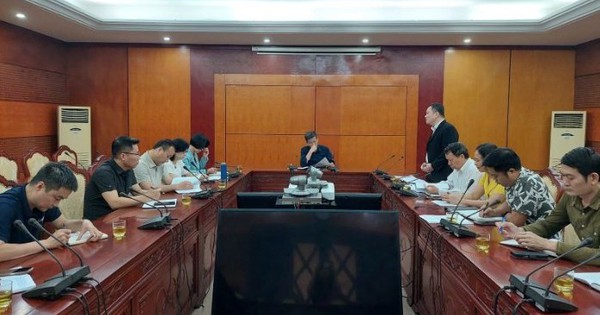




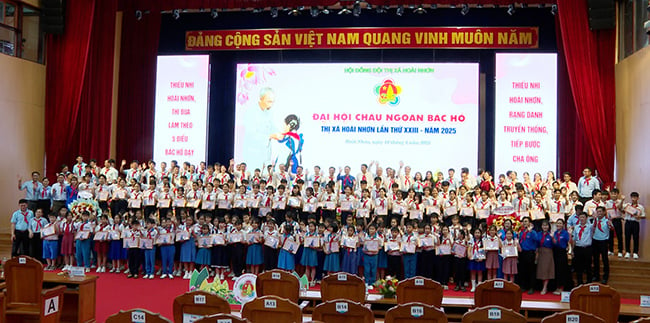


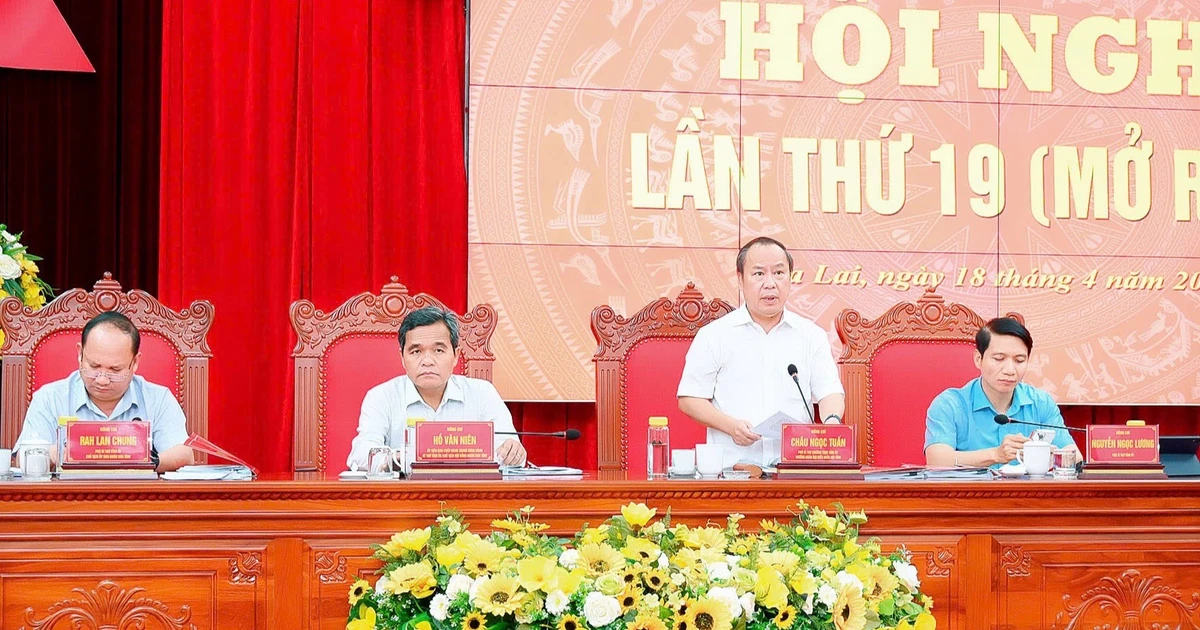



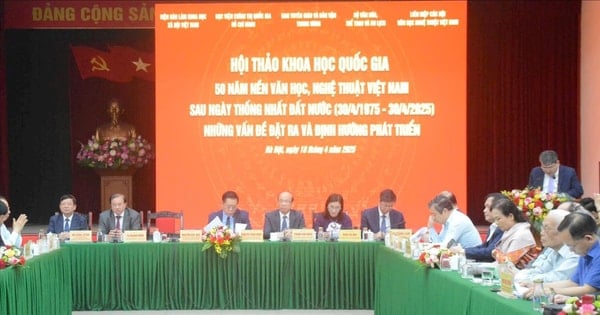











Comment (0)